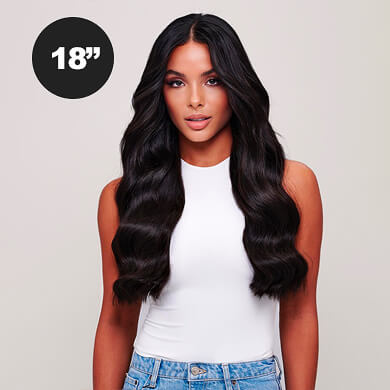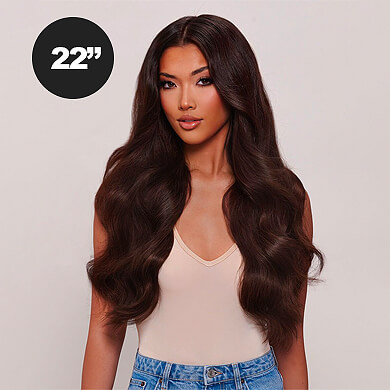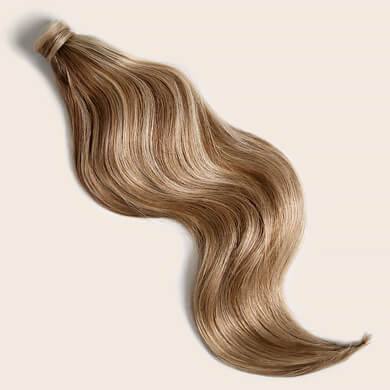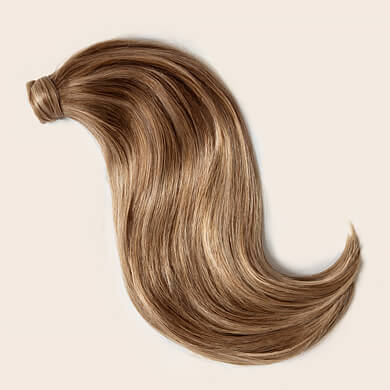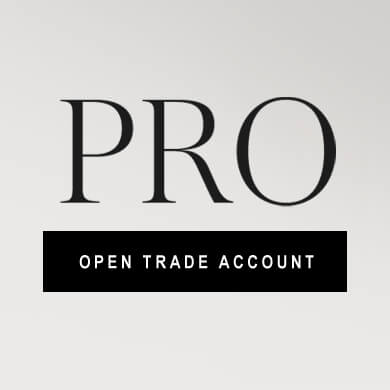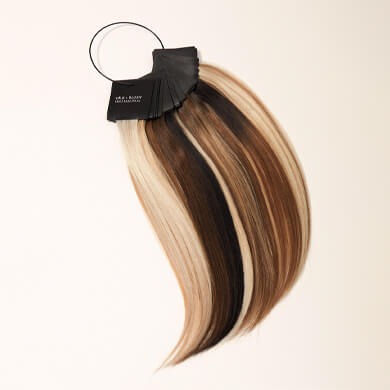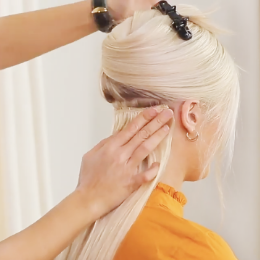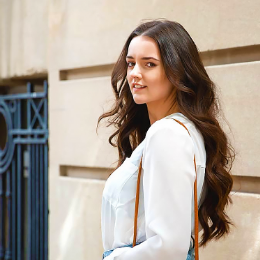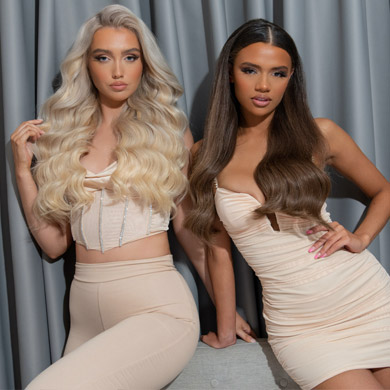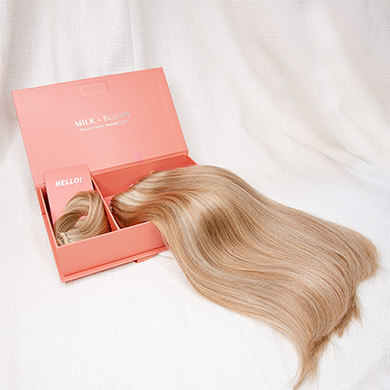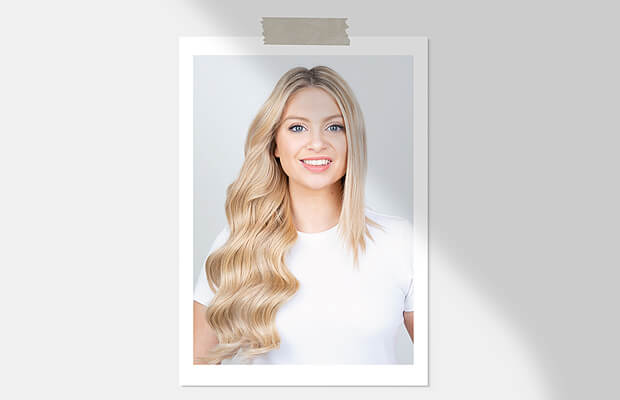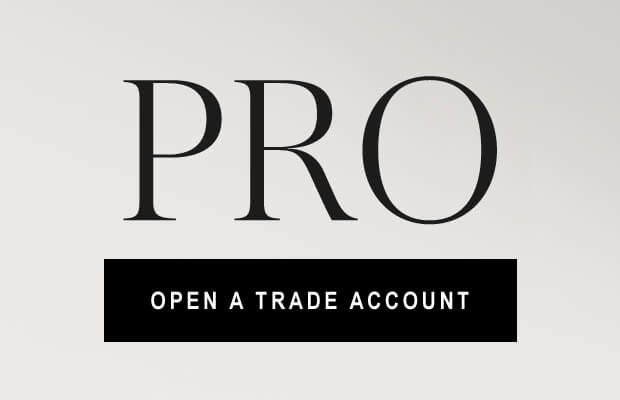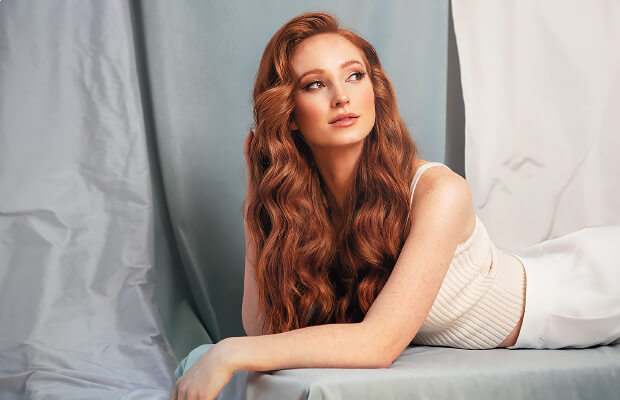How To Tell The Difference Between Baby Hairs And Breakage

If you put your hair up only to have a halo of shorter hair sticking out around your face then this post is going to be for you. Baby hairs can be the bain of our life when we’re trying to achieve sleek styles but what’s scary is that they may not be baby hairs at all.
Wearing your hair up all the time or using too much heat can cause the strands around your face to snap. So if your baby hairs look like they’re multiplying then it’s probably breakage. That being said it can be really hard to spot the difference and you don’t want to freak out about it if it’s just new hair growth.
To help you out we’ve found 3 easy ways to tell the difference so that you’ll know if it’s time to start taking better care of your hair...
Straggly Ends?
The ends of your baby hairs shouldn’t look split or tapered so if the shorter hair is jagged on the ends then it’s probably breakage. If the ends are split then that’s a good indicator of damage too especially if your hair feels really dry or crispy.
Way More Baby Hairs Than Usual?
Your baby hairs will be pretty consistent but if you’re noticing more and more short strands around your hairline then it’s likely that it’s breakage. If it’s a growing problem then you’ll definitely need to change up your routine. Using too much heat or tying your hair up really tight are the two main culprits so it’s best to avoid these and go for something more gentle. If you’re struggling we have a
heatless playlist here that’s full of gorgeous hairstyles.
A Quick Test
A good way to test whether it’s breakage or baby hairs is by pulling your hair up into a pony and then gently lifting up all the shorter pieces. If they sit closer to your hairline then it’s likely that they’re baby hairs but if the hair is longer and closer to your ponytail then it’s more likely to be breakage. This could be down to wearing your ponytail way too tight so it may be worth picking up some invisibobbles or trying out a low pony instead.
If you’ve read these tips and are thinking that your shorter hair is breakage then we’ve found a few products that you’re definitely going to want to pick up. These will really help to strengthen and moisturise your hair so that it’s less prone to damage and will help to make it look a lot healthier while you’re growing it out.

Living Proof Restore Mask
This is a really rich mask that repairs and nourishes damaged hair while replenishing the moisture levels. It’s a little bit expensive but it’s also been proven to strengthen hair by 20% if you use it regularly so it’s definitely worth it!

Redken Extreme Anti-Snap Treatment
This leave in treatment is perfect for using everyday to replenish the ends of your hair. It also helps to smooth the appearance of split ends and is enriched with protein to rebuild the surface of your strands and prevent breakage. The formula includes a heat protectant too which is great if you really can’t bear to go without styling.

L'Oreal Elvive Triple Resist Shampoo and Conditioner
This range is formulated for fragile hair and is enriched with arginine and protein which works to repair and rebuild your hair fibres. It’ll also help to add loads of moisture and reduce frizz so that your hair looks healthier overall and way more shiny.
Breakage is super annoying but it’s always worth remembering that it’ll grow back! In the meantime you can definitely hide it with some hair extensions and switch up your routine to get it looking its best. We’ve also written a post on
how to repair damaged hair which could be a good read if you’re stressing about breakage :)

